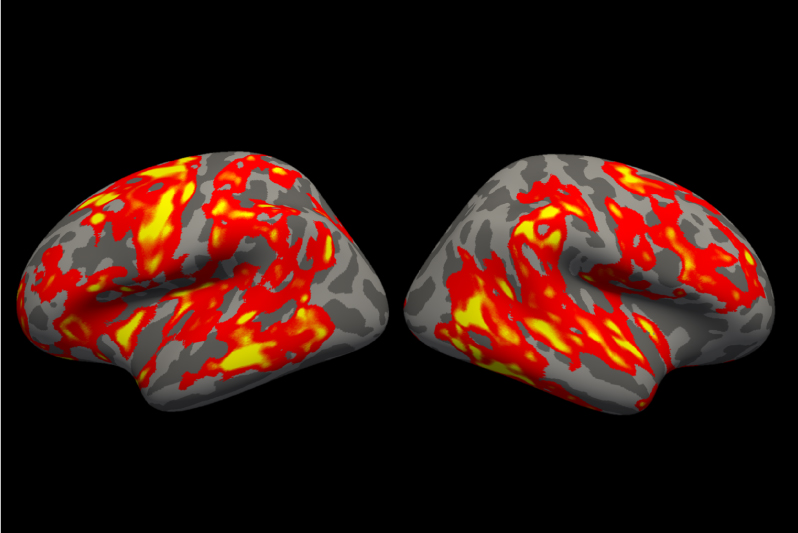MIT Study Shows Low SES Students Get Big Benefit from Seeing Stars Reading Intervention

The Massachusetts Institute of Technology (MIT) McGovern Institute for Brain Research and Department of Brain and Cognitive Sciences, in collaboration with Lindamood-Bell Learning Processes, conducted a randomized controlled trial involving young children with reading disabilities and difficulties. This experiment investigated the efficacy of the Seeing Stars program, which develops symbol imagery for reading. Children were randomly assigned to intervention (Seeing Stars) or non-intervention (control) groups. Before and after, all children received functional magnetic resonance imaging (fMRI) to measure cortical thickness. Over a six-week period of time, children in the Seeing Stars group received between 100 and 120 hours of instruction that was delivered by specially trained Lindamood-Bell staff.
Brain regions grew significantly thicker in children whose reading scores improved after Seeing Stars instruction. In addition, children from lower-socioeconomic status (SES) families were more likely to benefit from instruction than children from higher-SES families, and children with more severe reading disability exhibited the most improvement in reading scores. “These findings indicate that effective summer reading intervention is coupled with cortical growth, and is especially beneficial for children with reading disabilities and difficulties who come from lower-SES home environments.”
Download a summary of the research:
Numerous peer-reviewed articles based on studies examining the effectiveness of the Lindamood-Bell programs have been published in scholarly journals. Explore articles here.





